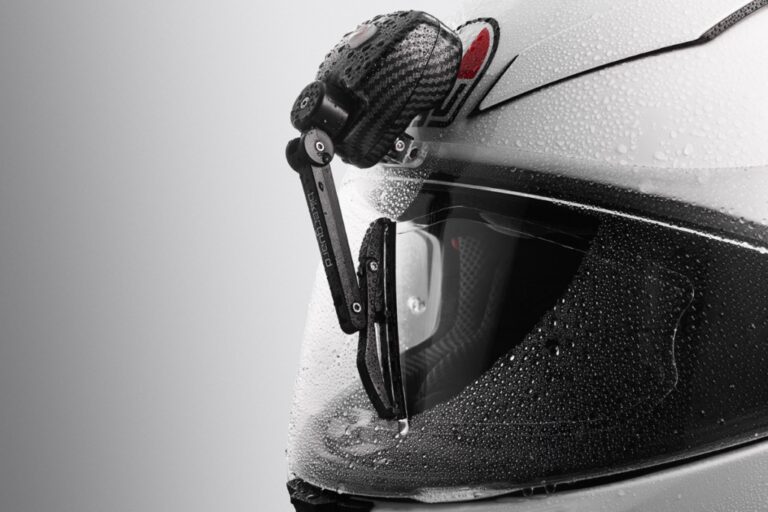why does the ABS light turn on in my Peugeot 306: causes and solutions

The ABS light illuminated in your Peugeot 306 can be cause for concern and anxiety. This warning light indicates a potential problem in the anti-lock braking system, an essential component for safety when braking. Understanding the causes behind this situation is crucial for finding effective solutions and ensuring safe driving. In this article, we will explore the most common reasons why the ABS light is activated and offer recommendations to address this issue.
Why does the ABS light turn on in my Peugeot 306?
Safety behind the wheel is essential for any driver, and the ABS light on the dashboard of a Peugeot 306 can be a concerning signal. This warning light alerts you to a potential problem in the anti-lock braking system, a key component for ensuring safe braking. In this article, we will explore the reasons behind the ABS light turning on and the available solutions to address this problem.
The role of ABS in your vehicle
The ABS system, which stands for anti-lock braking, is crucial for safety in your car. This system prevents the wheels from locking up during hard braking, improving steering control. With ABS, stopping distances are significantly reduced, especially on slippery surfaces, helping to prevent accidents.
Advantages of the ABS system
The ABS offers multiple benefits that are essential for safe driving, such as:
- Risk reduction: Minimizes skidding on wet or icy roads.
- Maintaining control: Allows you to steer during emergency braking.
- Shorter stopping distances: More efficient braking is achieved in different conditions.
The importance of keeping an ABS system in good condition cannot be underestimated.
Causes of the ABS light activation
When the ABS light turns on in a Peugeot 306, it may be due to several common reasons:
Faulty sensors
The wheel speed sensors are responsible for monitoring the rotation of each wheel. If one of these sensors fails, it can affect the system’s communication with the central controller, causing the ABS light to turn on.
Electrical problems
Electrical anomalies, such as a blown fuse or faulty connections, can interrupt the normal functioning of the ABS system. This can result in a total or partial failure of the anti-lock braking system.
Brake circuit leaks
A leak in the brake circuit can cause a drop in pressure, thus compromising the effectiveness of the ABS. This could lead to an increase in stopping distance, raising the risk of accidents.
Consequences of driving with the ABS light on
Driving with the ABS light on presents considerable risks. The lack of optimal functioning of the ABS system can compromise its ability to prevent skidding during hard braking, which could result in:
- Increased stopping distance: Without ABS, the brakes may lock up and cause the vehicle to travel a greater distance before stopping.
- Loss of steering control: In slippery conditions, the absence of ABS can make it difficult to control the vehicle.
- Additional stress for the driver: Insecurity when braking can create anxiety while driving.
Diagnosing ABS light related issues
To address the ABS light issue, it is essential to initiate a proper diagnosis:
Initial verification steps
The first step in the diagnosis is to conduct simple inspections. These include checking the fuses and electrical connections. It is also important to ensure that the brake fluid is at the appropriate level and in optimal condition.
Using appropriate tools
Using diagnostic devices, such as OBD-II readers, can help efficiently identify the error codes related to the ABS system. These tools allow you to quickly determine the root of the problem without disassembling components.
Solutions to turn off the ABS light
Once the source of the problem has been identified, there are several solutions that can be implemented:
Basic maintenance and repairs
If faulty sensors are detected, they should be replaced. Repairs or changes to damaged electrical wiring may also be necessary, as well as repairing leaks in the brake system. These corrective actions are usually sufficient to restore the effective functioning of the ABS system.
Preventive measures
To prevent these problems from reappearing, it is advisable to adopt a regular maintenance routine. Preventive practices include:
- Frequent inspection of electrical and mechanical components.
- Changing brake fluid when necessary.
- Paying attention to alerts and signals emitted by the dashboard.
Being attentive to these mechanical details is a valuable investment in your driving safety.
When to consult a professional
There are situations where the intervention of an expert is essential, especially if:
- The basic solutions do not turn off the light.
- There are unusual noises or vibrations when braking.
- The dashboard shows other warning lights along with the ABS.
Benefits of professional intervention
Consulting a specialized mechanic brings multiple benefits, such as:
- Access to advanced diagnostic equipment.
- Extensive experience in handling ABS systems.
- Warranty on the work and replaced parts.
Getting help from a specialist brings peace of mind and ensures that your vehicle meets safety and performance requirements again.
The ABS light on your Peugeot 306 dashboard can be a warning signal that should not be ignored. This indicator suggests that the anti-lock braking system is experiencing a problem, which is crucial for safety when driving. Understanding the possible causes behind this warning is essential to effectively address the situation.
There are several reasons that can lead to the ABS light being illuminated. Among the most common are faulty speed sensors, which are responsible for monitoring the rotation of the wheels. If these sensors fail, communication with the vehicle’s central computer is interrupted. Additionally, electrical problems, such as a blown fuse or damaged connections, can also affect the proper functioning of the ABS.
The presence of leaks in the brake circuit represents another potential cause. A leak compromises the pressure needed for the ABS system to operate correctly, increasing the risk during braking. These failures can lead to an increase in stopping distance and a loss of control of the vehicle, especially in adverse conditions.
To address the problem, it is key to carry out an appropriate diagnosis. Starting with a visual inspection of the fuses and brake fluid can be a good first step. Utilizing diagnostic tools, such as an OBD-II reader, will expedite the identification of error codes related to the ABS system.
Once the cause has been determined, solutions vary from the replacement of damaged components to the repair of electrical connections. Adopting preventive maintenance practices, such as regular inspections, is also essential to prevent the problem from reoccurring. If basic repairs do not resolve the issue, it is advisable to consult a professional who can provide a specialized diagnosis and ensure that your Peugeot 306 is in optimal condition for safe driving.






